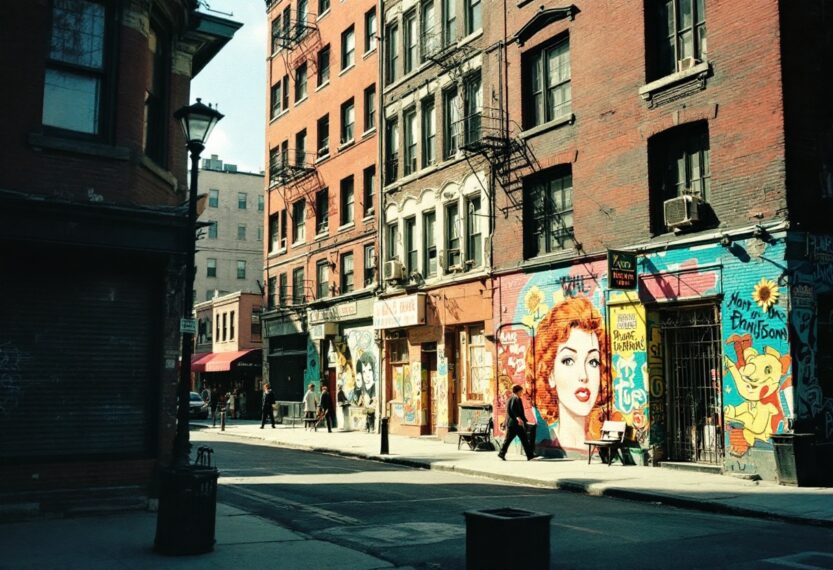The artistic tapestry of 1960s New York: A cinematic exploration
In the vibrant heart of 1960s New York, a cultural revolution was unfolding, characterized by an eclectic mix of art, music, and social change. This era, marked by the emergence of influential figures such as Bob Dylan, was not just a backdrop for artistic expression but a living, breathing entity that shaped the very fabric of modern cinema. The film A Complete Unknown, directed by James Mangold, serves as a poignant reminder of this dynamic period, intertwining the lives of artists and musicians who defined a generation.
The intersection of art and music
As the folk music scene burgeoned, so too did the visual arts, creating a rich tapestry of creativity. Artists like Robert Ryman and Sol LeWitt, contemporaries of Dylan, contributed to a cultural milieu that was both inspiring and transformative. Their works, often minimalist in nature, echoed the simplicity and depth found in Dylan’s lyrics. This intersection of art and music is not merely coincidental; it reflects a broader narrative of collaboration and influence that permeated the streets of Greenwich Village. Mangold’s film captures this essence, illustrating how the artistic endeavors of the time were inextricably linked to the music that resonated through the city.
Personal narratives and collective memory
James Mangold’s upbringing amidst artists provided him with a unique lens through which to view this vibrant era. His childhood memories of the Lower East Side, filled with the sights and sounds of a bustling art scene, inform his storytelling. The film not only pays homage to Dylan’s legacy but also serves as a reflection of Mangold’s own experiences, blending personal narrative with collective memory. This duality enriches the film, allowing audiences to engage with the historical context while also connecting with the emotional undercurrents of the characters’ journeys.
The legacy of 1960s New York in contemporary cinema
The influence of 1960s New York extends far beyond the confines of its time, leaving an indelible mark on contemporary cinema. Filmmakers today draw inspiration from the artistic movements and cultural shifts that defined the era. The authenticity and raw energy of the period resonate in modern storytelling, as directors seek to capture the spirit of a time when art was a catalyst for change. A Complete Unknown exemplifies this trend, blending fact and fiction to create a narrative that feels both timeless and relevant. As audiences engage with this cinematic exploration, they are invited to reflect on the enduring power of art and its ability to shape our understanding of the world.

